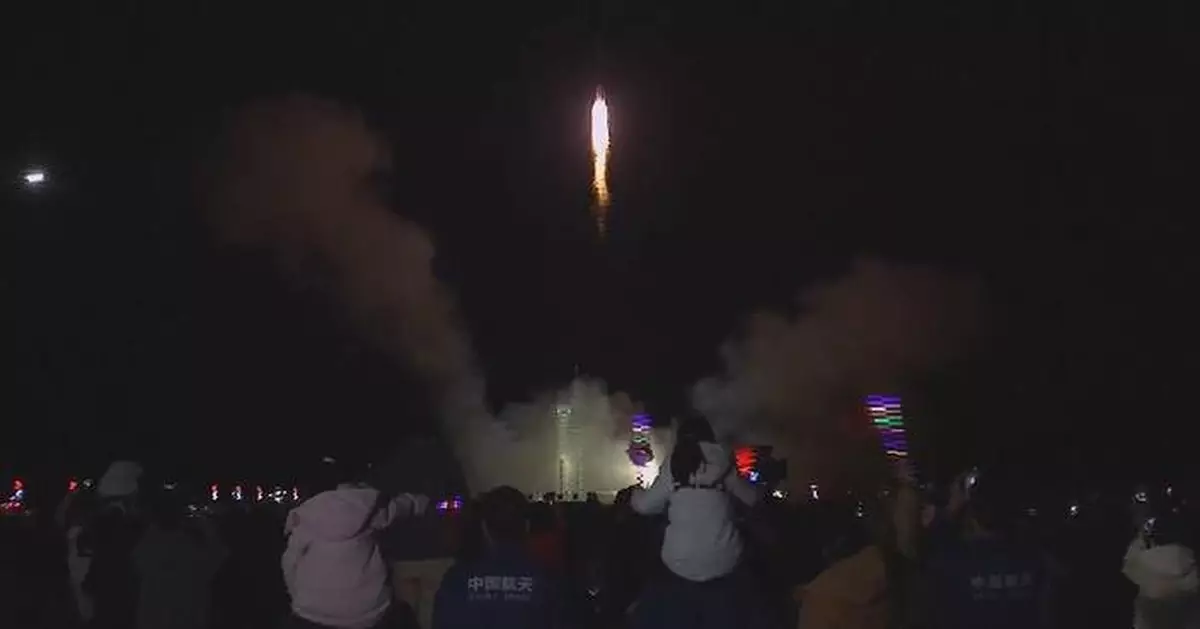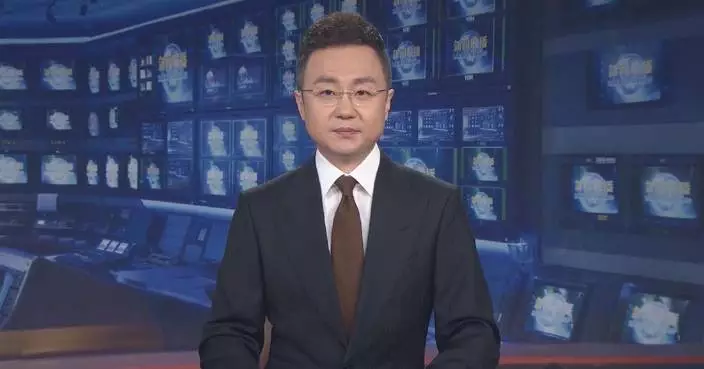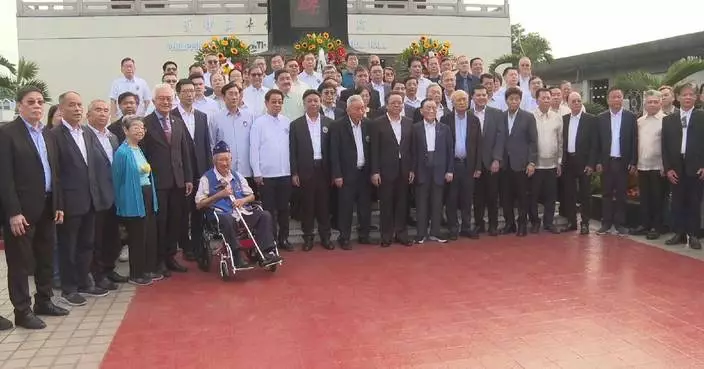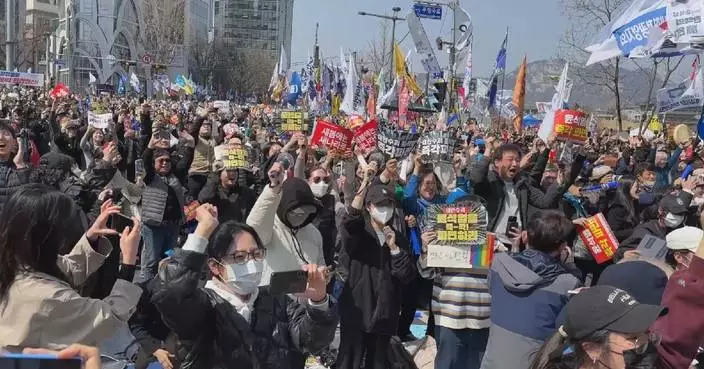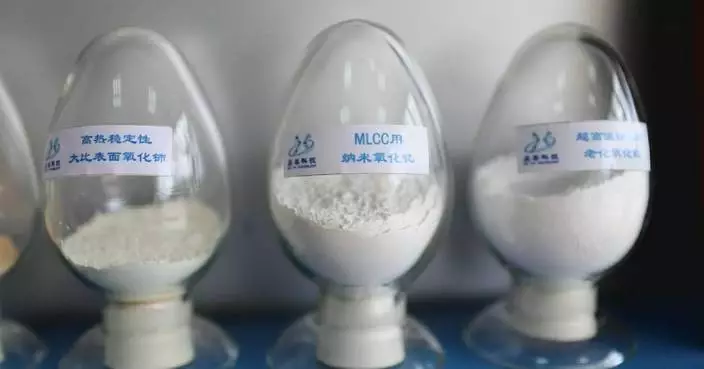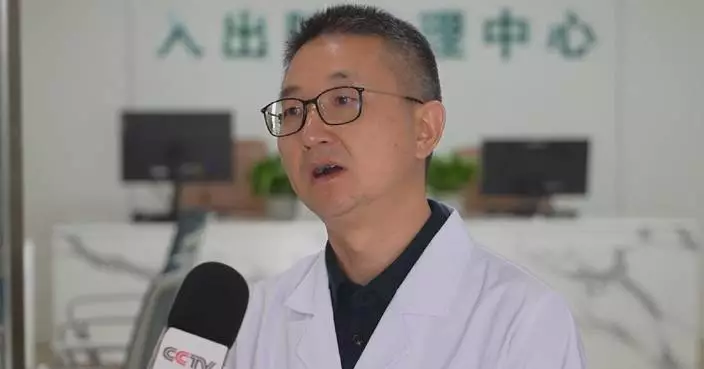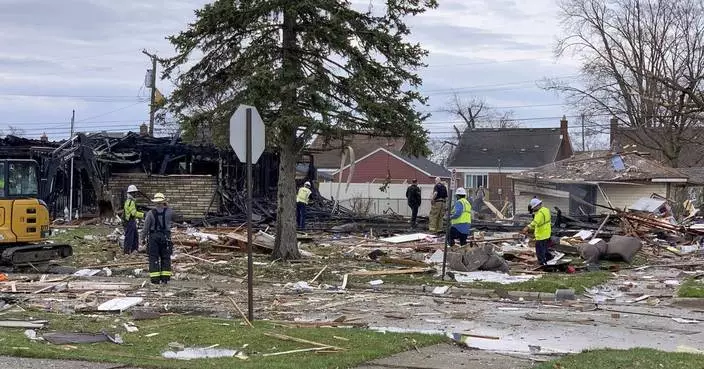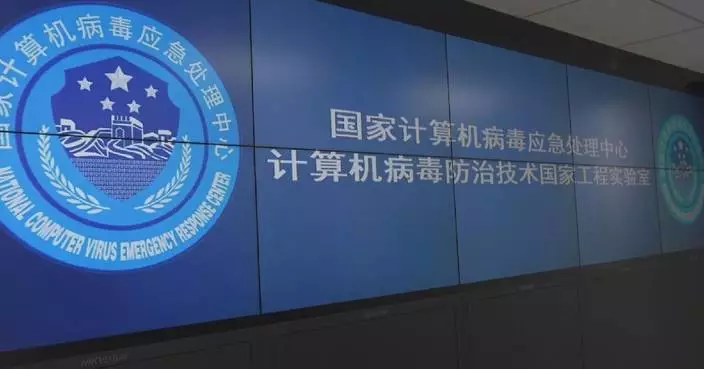The launch of the Shenzhou-19 crewed spaceship is a complete success, according to the China Manned Space Agency (CMSA).
China on Wednesday launched the Shenzhou-19 spaceship to send another three astronauts to its orbiting Tiangong space station.
The spaceship, atop a Long March-2F carrier rocket, blasted off at 04:27 (Beijing Time) from the Jiuquan Satellite Launch Center in northwest China, said the CMSA.
The Shenzhou-19 crew consists of mission commander Cai Xuzhe, and astronauts Song Lingdong and Wang Haoze. A send-off ceremony was held for the astronauts before they left for the launch site.
About 10 minutes after the launch, the Shenzhou-19 spaceship separated from the rocket and entered its designated orbit, said the CMSA.
The spaceship will perform a fast, automated rendezvous and docking with the front port of the space station core module Tianhe in about 6.5 hours, forming a combination of three modules and three spacecraft.
The three astronauts will complete an in-orbit rotation with the Shenzhou-18 trio and stay at the Tiangong space station for approximately six months.
The new crew has numerous tasks ahead, including conducting space science and application tests, performing extravehicular activities, installing protective devices against space debris, and managing the installation and recycling of extravehicular payloads and equipment.
They will also engage in science education, public interest activities, and other payload tests.
Shenzhou-19 is the 33rd flight mission of China's manned space program and the fourth manned mission during the application and development stage of China's space station.
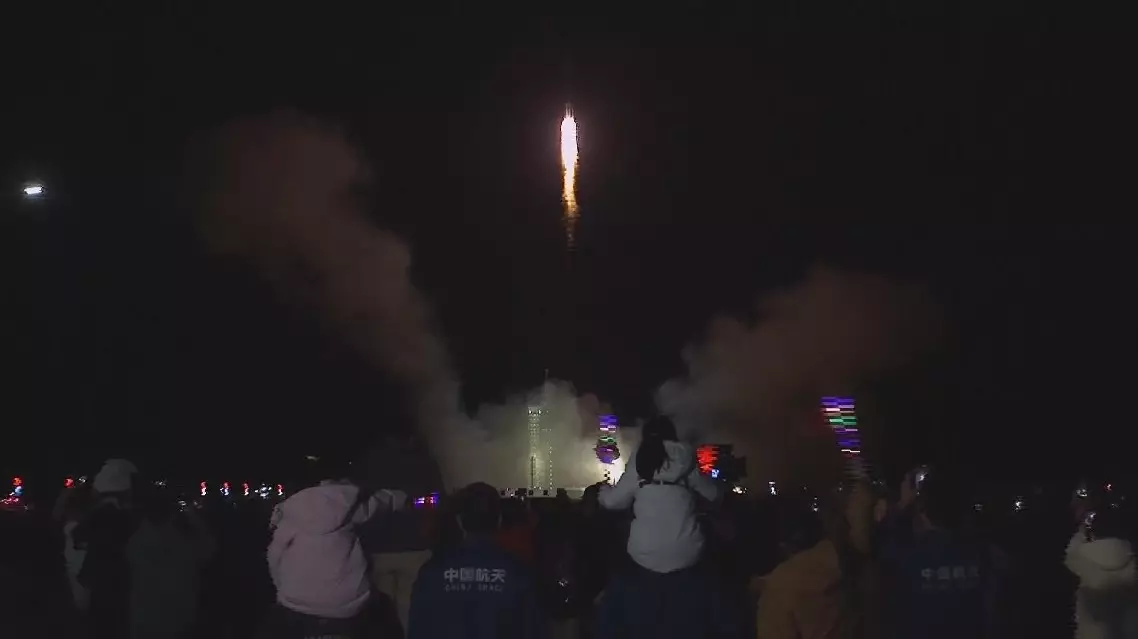
China successfully launches Shenzhen-19 crewed spaceship
Chinese medical teams arrived at a medical aid station in Amarapura, Mandalay, one of the worst-hit areas by the recent devastating earthquake in Myanmar, on Thursday, to offer medical consultations and treatment, and provide essential supplies to those affected by the disaster.
Mandalay in central Myanmar has been the hardest hit region after a powerful 7.9-magnitude earthquake struck the country last Friday, with 2,053 people killed, 2,691 others injured and 210 people still missing as of Thursday, state-run daily Myanma Alinn reported on Friday.
As of Thursday, the death toll across the country from the earthquake had risen to 3,145, with 4,589 others injured and 221 missing, the Myanmar Radio and Television reported.
"My father was already in poor health, and when the house collapsed, his feet were injured. He was then taken to the hospital for treatment. His back and chest were also injured. He also suffers from other health problems," said a local resident.
"Currently, the most common injuries we have treated here are external wounds and fractures. At present, many locals can only stay outdoors. With the disruption of water supply, there is a high risk of diarrhea. Dengue fever is another common disease that often emerges after such a disaster. There is a severe shortage of medicines, and we were unprepared with earthquake measures or stockpiled supplies. Anti-inflammatory medications are urgently needed for external wounds and fractures. Due to prolonged exposure to the intense heat, saline solutions and energy drinks are also required. Additionally, medicines to treat diarrhea are urgently needed," said a Myanmar nurse.
Following the devastating earthquake, multiple Chinese rescue teams have arrived in the disaster-stricken areas, working with local responders to carry out relief operations.
To address the shortage of medical supplies, Chinese medical teams have brought large amounts of essential medicines with them. Meanwhile, Chinese medical personnel are collaborating with local doctors to provide assistance to quake-affected people.
"We call this a mobile pharmacy. After the earthquake, people have dispersed to various areas, making it difficult for many to access government hospitals. Today, we are here at a small medical aid station where there is an urgent need for medicines. The demand for supplies varies across different hospitals and medical stations, with some requiring more orthopedic medications, while others need more internal medicine supplies. To address these varying needs, we developed this innovative model, allowing them to select the specific medicines they require," said Xue Yu, leader of a civil medical team from China.
"Our main focus is to provide technical guidance, including conducting medical rounds and offering services at temporary settlements. Local hospitals should also pay attention to hygiene issues, as outbreaks of diseases can occur after major disasters. Simply treating patients may not be enough; efforts must also be made to prevent and control issues such as water contamination or diseases spread by mosquitoes. These are challenges need to be addressed in the later stages," said Zhang Tao, an orthopedic trauma surgeon from Tianjin Hospital, China.
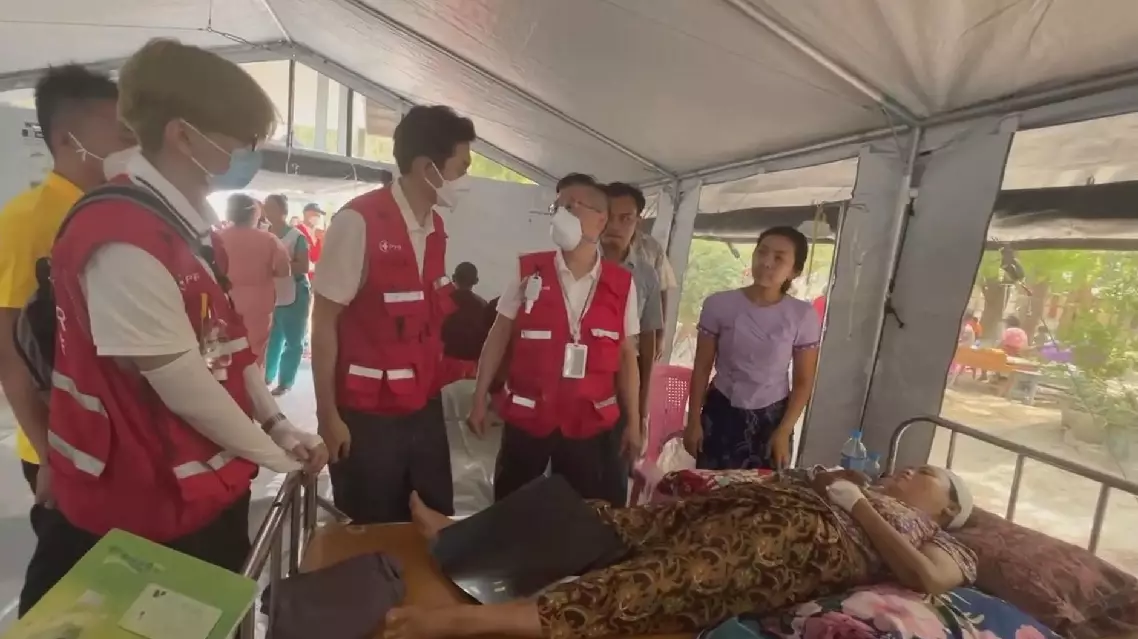
Chinese medical teams provide assistance for quake-affected people in Mandalay



